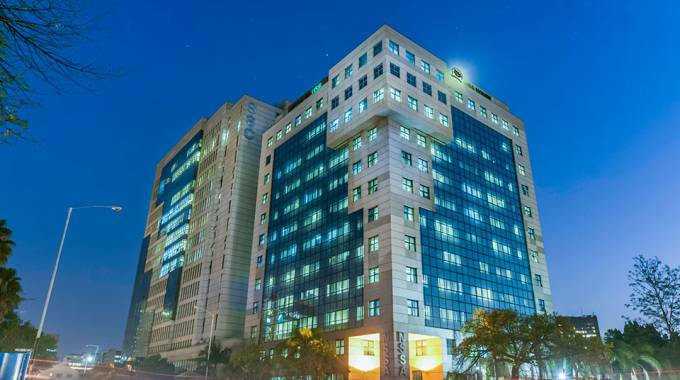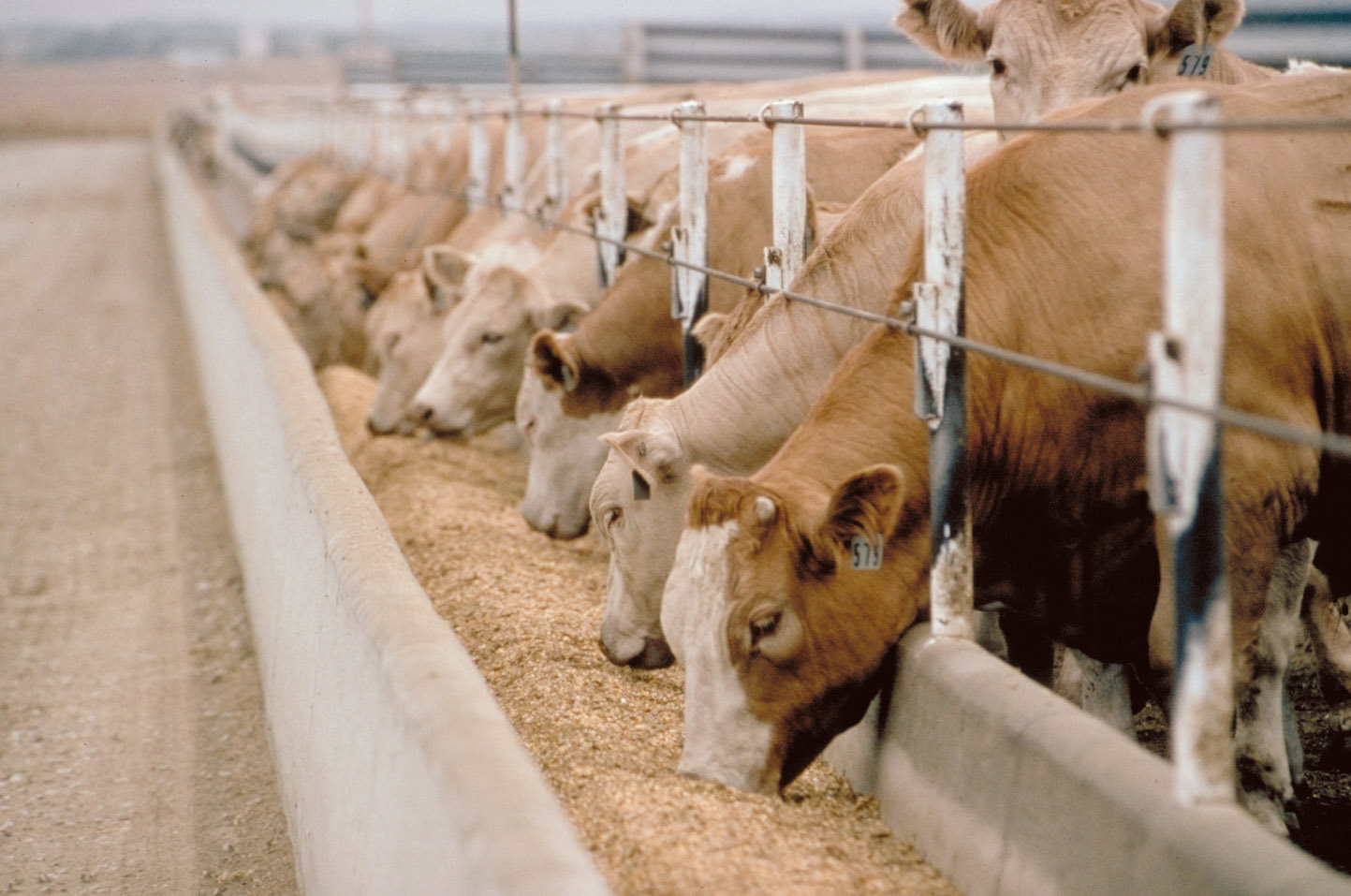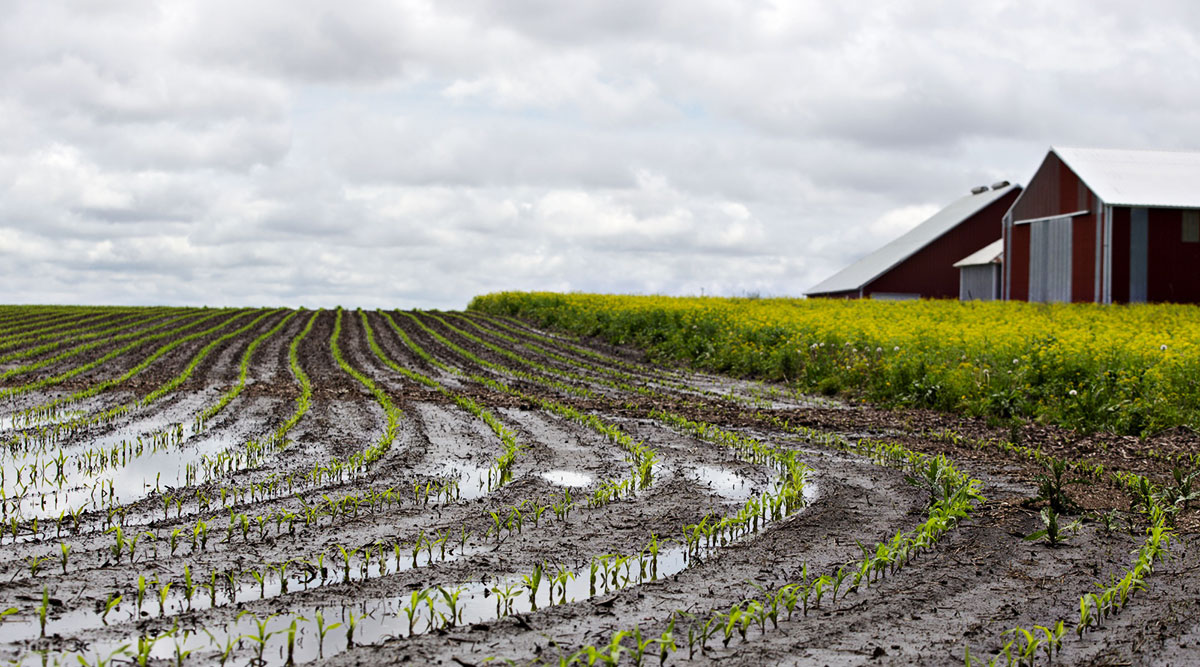Sable to produce over 120 000 tonnes of fertiliser
SABLE Chemicals, the country’s sole ammonium nitrate (AN) fertiliser producer, is expected to produce 120 000 tonnes of fertiliser for the 2022/23 farming season as plans to scale up local production are in full swing.
The Government is exploring ways of recapitalising the sector including through listing on the stock exchange in order to attract suitable investors.
At present, the fertiliser sector is operating at 30 percent.
Revitalising the local fertiliser industry is part of Government measures to accelerate the implementation of the Five-Year Fertiliser Import Substitution Roadmap (2020-2024).
The roadmap largely focuses on ramping up production at Sable Chemicals and Chemplex Phosphate to reduce fertiliser imports.
In a good season, the country requires about 600 000 tonnes of fertiliser while basal compound fertilisers constitute 350 000 tonnes with the remainder being AN.
In her post-Cabinet briefing on Tuesday, Information, Publicity and Broadcasting Services Minister, Senator Monica Mutsvangwa, said to implement the fertiliser road map, the Industrial Development Corporation of Zimbabwe (IDC) has invested in the local fertiliser value chain, from the extraction of phosphates to the granulation of basal fertilisers.
The company is modernising operations at its subsidiaries at Dorowa Minerals and Zimphos in order to increase production, she said.
On the Kwekwe-based Sable Chemicals, Minister Mutsvangwa said the firm has secured a loan from Afreximbank for the refurbishment of its plant and equipment as well as purchasing rail tank cars.
“Sable Chemicals’ target is to produce 120 000 metric tonnes of Ammonium Nitrate for the 2022/23 farming season,” said the minister.
“Cabinet notes that the fertiliser production sector plays a critical role in ensuring successful agricultural production, which is the bedrock of our economy.
“Government is thus looking at ways of recapitalising the sector, including through listing on the stock exchange in order to attract suitable investors,” added the minister.
The annual national demand for fertilisers stands at 350 000 metric tonnes of phosphates and 250 000 metric tonnes of ammonium nitrate.
“Although the local fertiliser industry is currently operating at 30 percent of its capacity utilisation, indications are that local production is increasing leading to the reduction of imports,” said Mutsvangwa.
Recently, the Parliamentary Portfolio Committee on Industry and Commerce tabled a report stating that Sable Chemicals’ capacity utilisation rose from 15 percent in 2020 to 80 percent in 2021.
This was attributed to a $20 million loan from the Industrial Development Corporation of Zimbabwe (IDCZ), which also contributed to downstream employment in the agricultural sector, import substitution as well as foreign currency savings.
Last week, the Cabinet reported on set targets for various key crops and the availability of fertiliser in the market will play a vital role in achieving the targets.
Maize production is estimated at 1 557 914 tonnes, which is 43 percent lower than the 2 717 171 tonnes produced in the 2020/2021 season.
Traditional grains production is projected at 194 100 tonnes, which is 44 percent less than the 347 968 tonnes output of the previous season.
The cereal production projection is 1 752 014 tonnes, against a national cereal requirement of 2 267 599 tonnes, broken down as 1 817 599 tonnes for human consumption and 450 000 tonnes for livestock.
Tobacco production is estimated to decrease by eight percent to 183 725 tonnes from 200 245 tonnes in the 2020/2021 season. Soya bean production is expected to increase by 15 percent to 82 028 tonnes from 71 290 tonnes last year, while rice production is estimated to increase by 15 percent from 468 tonnes in the 2020/21 season to 539 tonnes in the 2021/22 season.
Irish potato production is estimated at 534 543 tonnes in the 2021/22 season compared to 447 867 tonnes, a 19 percent increase, and sweet potato production is estimated to increase by 269 percent, sugar beans by 142 percent and groundnuts by 139 percent.-eBusiness Weekly











